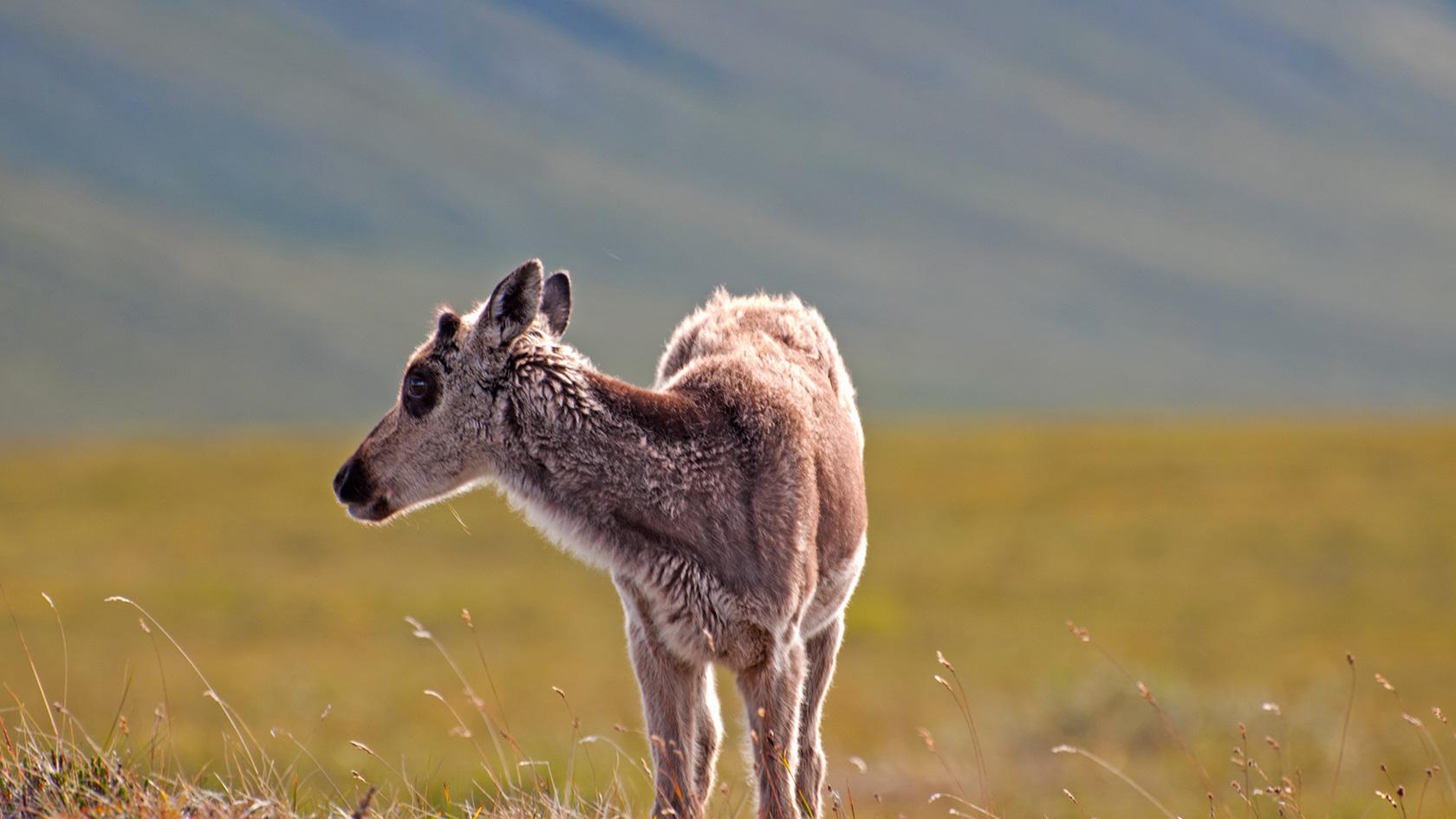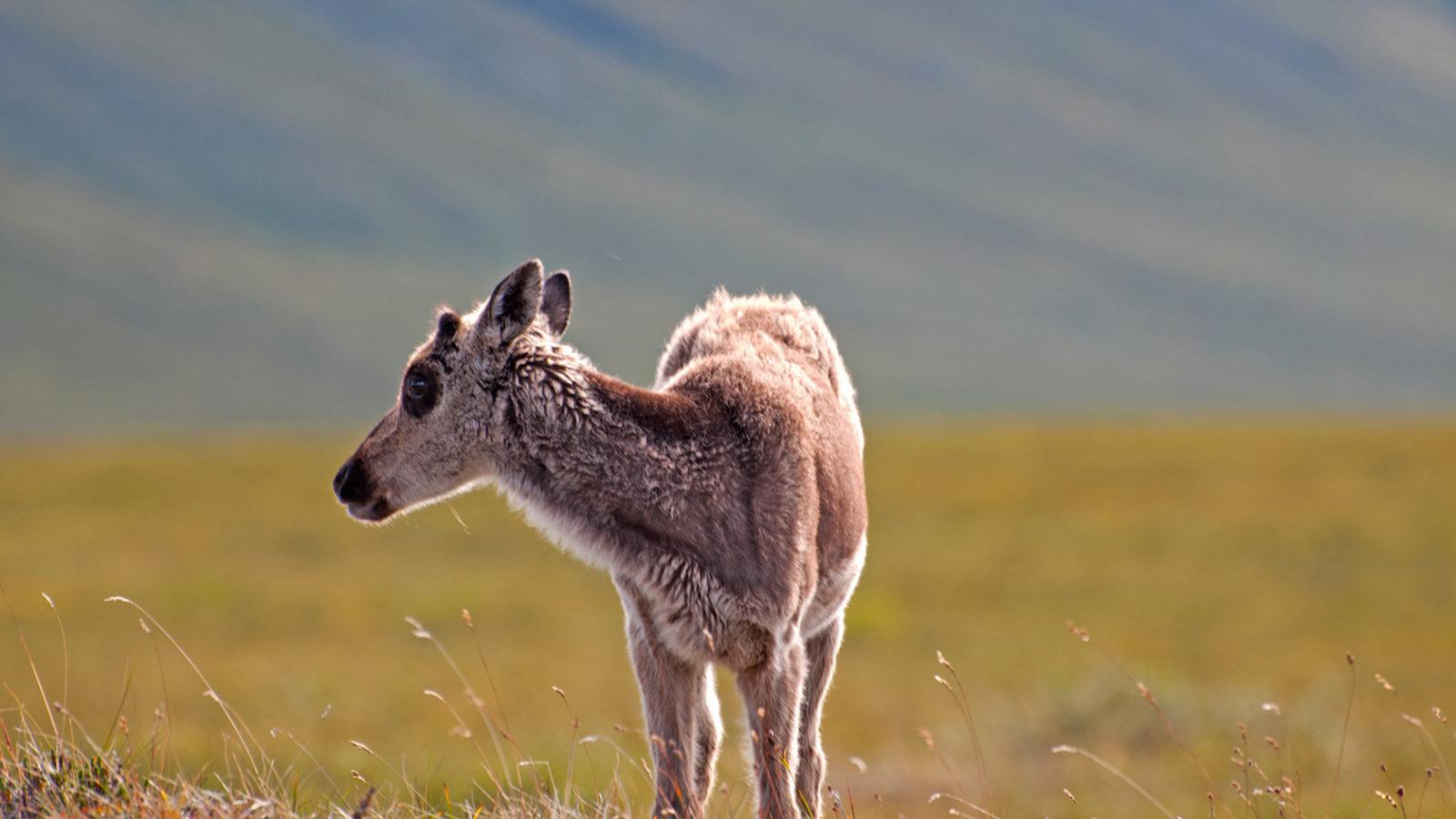
Interior seeks pause on Arctic road litigation, threat to people, land remains
Late last month the Interior Department requested a 60-day stay of action in two lawsuits that call out the illegal 2020 approval of the Ambler road proposal.
This 211-mile state-subsidized industrial gravel road would benefit private mining corporations while polluting Arctic land and water, degrading permafrost and animal habitat, and harming the health of communities across the southern Brooks Range and western Alaska.

A recent article by Politico and Type Investigations delves deep into the powerful forces behind the road proposal and how it threatens people and their ways of life.
The court has not yet ruled on Interior’s request for a pause on the litigation and it’s unclear what the Biden administration intends to do next. What we can say for sure is that the proposed Ambler road threatens communities and that agencies broke multiple laws when approving it.
Agencies dropped the ball
Our lawsuit charges the Department of the Interior, Bureau of Land Management, National Park Service and Army Corps of Engineers with failing to comply with the Alaska National Interest Lands Conservation Act, National Environmental Policy Act, Clean Water Act and other federal laws and regulations by making final decisions based on a deeply flawed and inadequate environmental review.
A separate lawsuit filed by five Native villages and the Tanana Chiefs Conference charges the agencies with a number of legal violations, as well, including failing to meaningfully consult with tribes.
The permit application submitted by the Alaska Industrial Development and Export Authority—the project proponent and a public corporation of the State of Alaska—failed to provide essential information that would help identify impacts to the region, even as AIDEA threw millions into moving the road forward, and then used the pandemic as cover to dump another $35 million into it.
Health before politics and profits
Many local people along the road corridor—who would endure its direct impacts—oppose the proposed road, which would cut through and degrade hunting and fishing lands, diminish access to food, and fragment caribou and other animal habitat. The road would cross one of the longest caribou migration paths in the world, and cut through Gates of the Arctic National Park and Preserve, altering the integrity of these lands and all the people and animals they support.
Just a few of the road’s impacts include the destruction of land and wetlands, the release of asbestos into the water and air, and of course the acid rock drainage and other contamination that would result from mining.
Yes, it’s good to see the administration spend time understanding what this road proposal would do to the health of the Arctic and the living communities it supports. It would be even better to see this administration put the health of the region and its communities first, before politics and profits.


